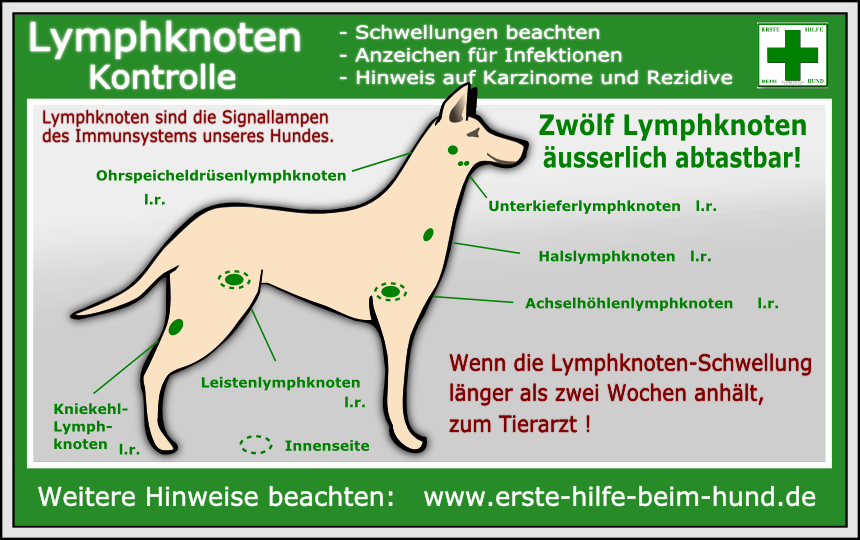What Is Perturbation Training
What is perturbation training. Perturbation training is a type of neuromuscular training that refines neural pathways to promote effective muscular recruitment patterns and dynamic joint stability. Perturbation training is an excellent and simple way to rehabilitate lower extremity pathologies and may reduce the risk of athletic injuries. After a single training session participants are able to improve their balance reactions to the.
Perturbation training also known as reactive balance training aims to improve motor control by creating situations where people start to fall and then catch themselves. Training the athlete in restoring or improve reaction times is referred to as perturbation training. There is emerging evidence that perturbation training reduces fall rates among individuals with neurological conditions such as.
Multidirectional waist-pull perturbations are applied by the A-TPAD an innovative. A Highly Pragmatic Randomized Controlled Trial. Perturbation means adding noise usually to the training data but sometimes to the learnt parameters.
The state of being perturbed. Touted as a way to. Purpose To determine the effects of sudden unexpected mechanical perturbation training aimed at the primary prevention of inversion ankle sprain on the reactiveness of ankle eversion movement and cortical activity.
It can help kick the model out of a local minimum and. Perturbation-based balance training PBT is a form of training that aims to improve reactive balance control after unexpected external perturbations. Perturbation training a type of neuromuscular training involving translations of support surfaces has been shown to improve muscle strategies by breaking up the stiff knee approach used by non-copers.
Perturbation is a process of change occurring at a cellular structural level. The action of perturbing. Perturbationbased balance training PBT is an emerging taskspecific intervention that aims to improve reactive balance control after destabilizing perturbations in a safe and controlled environment.
But for those with neurological conditions as well. Balance reactions include compensatory steps swaying the weight of the body adjusting body position and reaching out for something to hold or steady oneself.
There is emerging evidence that perturbation training reduces fall rates among individuals with neurological conditions such as.
Perturbation training aims to improve reactive balance control by repeatedly exposing participants to postural perturbations. Pĕrtŭr-bāshŭn In physical therapy an external force applied to a persons center of mass in an attempt to move it from the base of support. Surface Perturbation Training to Prevent Falls in Older Adults. Perturbationbased balance training PBT is an emerging taskspecific intervention that aims to improve reactive balance control after destabilizing perturbations in a safe and controlled environment. Perturbation training aims to improve reactive balance control by repeatedly exposing participants to postural perturbations. Perturbation-based balance training might be one of the most versatile fitness techniques youve never heard of today. There is emerging evidence that perturbation training reduces fall rates among individuals with neurological conditions such as. The best example I can give you of a time in your life when you experienced Perturbation was when you learned how to ride a bicycle. Perturbation-based training is an intervention that focuses on making neuromuscular adaptations to autonomic postural responses to improve fall prevention.
It can easily be incorporated into rehabilitation or practice settings. When the training wheels were removed from. After a single training session participants are able to improve their balance reactions to the. Masturbating can relieve sexual tension and reduce stress. Medical Dictionary for the Health. Perturbation training a type of neuromuscular training involving translations of support surfaces has been shown to improve muscle strategies by breaking up the stiff knee approach used by non-copers. It is an intervention involving repeated postural perturbations aiming to improve control of rapid balance reactions.




Post a Comment for "What Is Perturbation Training"